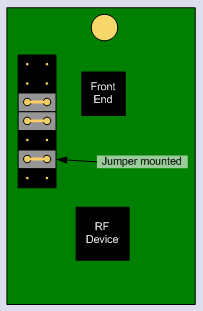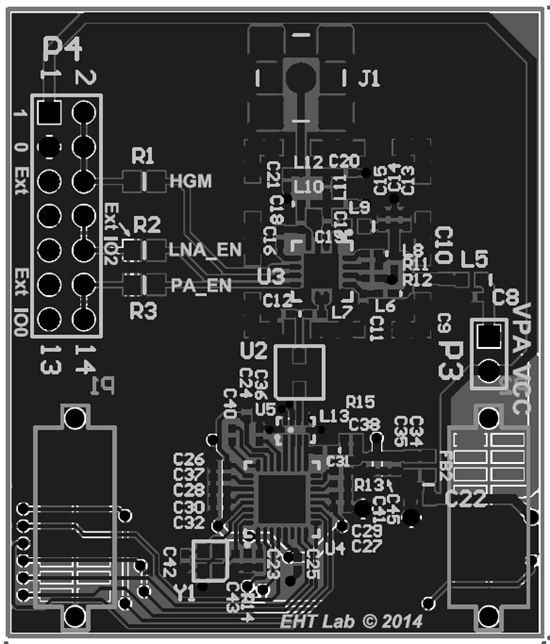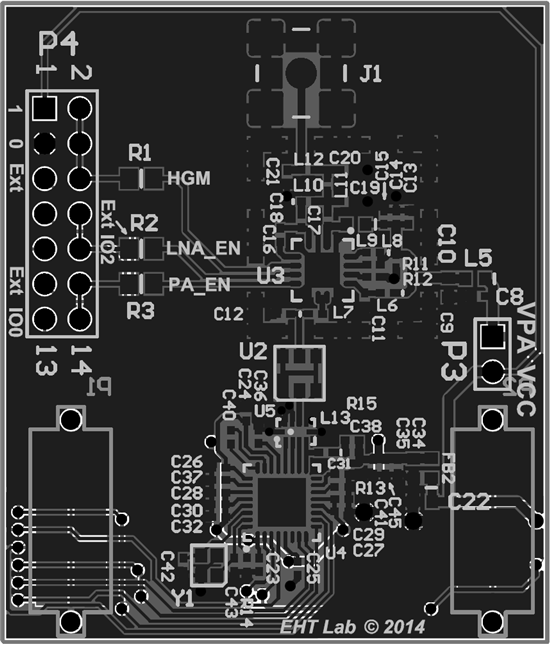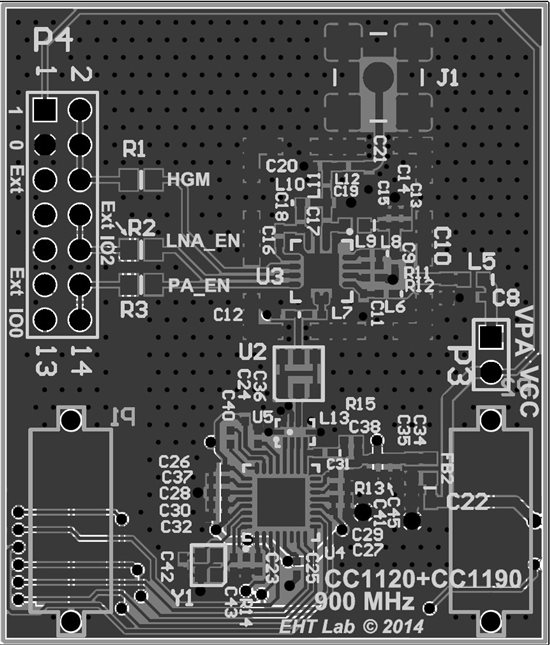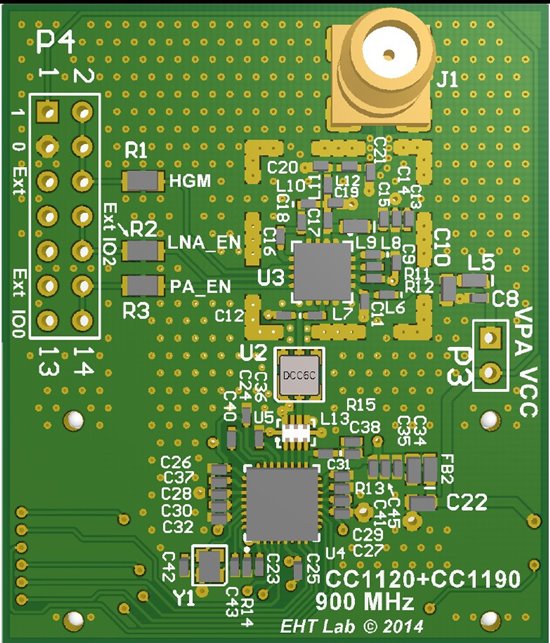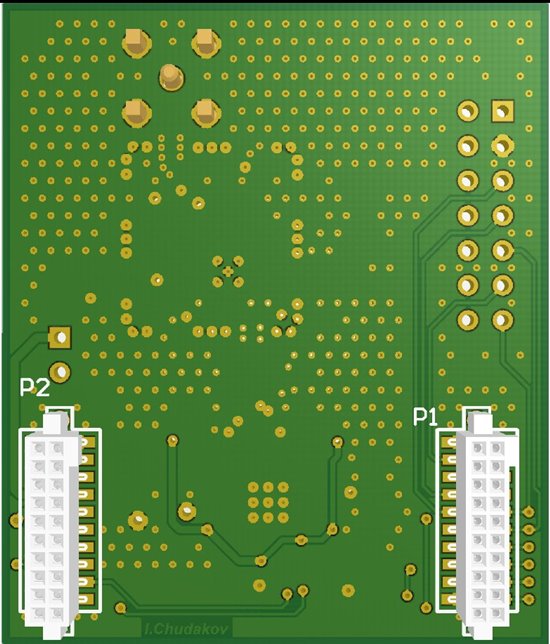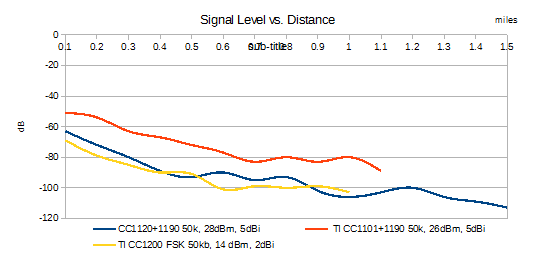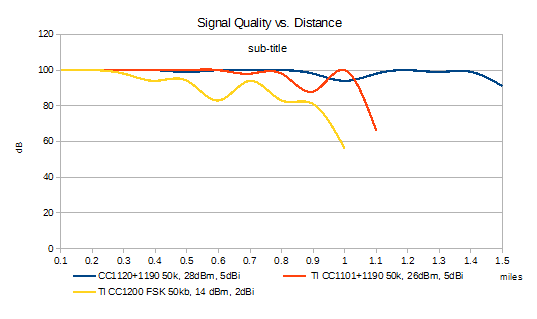Hello,
I want to test the CC1120 + CC1190 evaluation module with the SmartRF studio, reading the help software help there is a jumper configuration to be done (P4 pinrow) and GPIOs have to be configured in a certain way for the software to control the CC1190, but from the drawing is not clear to me how to set the jumpers, can you please clarify (from the schematics)?
HGM -> Pin 9 (P1 SMD SOCKET 2x10)
LNA_EN -> Pin 7 (P1 SMD SOCKET 2x10)
PA_EN -> Pin 3 (P1 SMD SOCKET 2x10)
About the GPIO configuration (G0 and G2), what values should I use for IOCFG2 and IOCFG0?
Regards,
--Antonio


